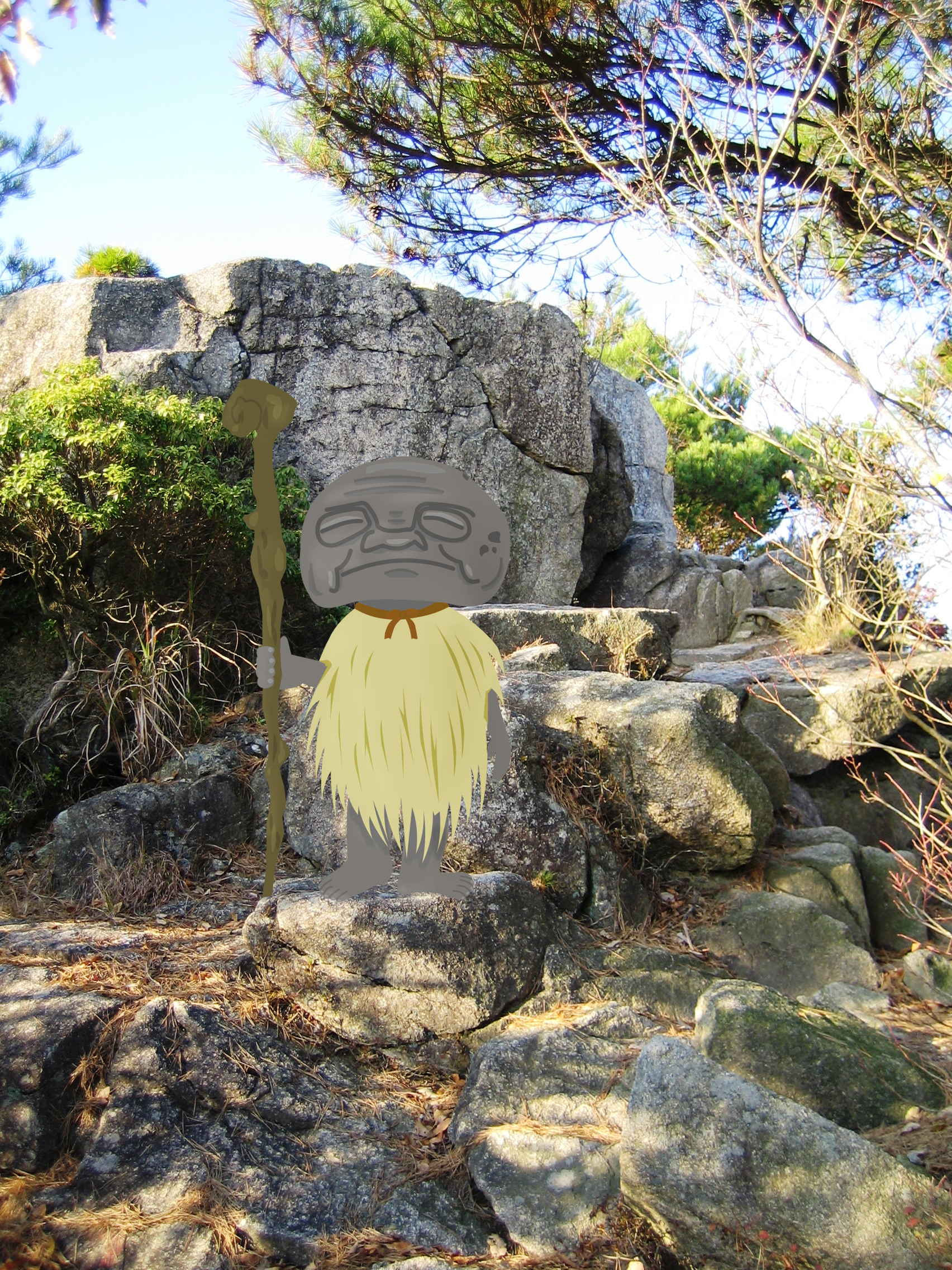Abura-sumashi on:
[Wikipedia]
[Google]
[Amazon]
 is a creature from the
is a creature from the
 is a creature from the
is a creature from the folklore
Folklore is shared by a particular group of people; it encompasses the traditions common to that culture, subculture or group. This includes oral traditions such as tales, legends, proverbs and jokes. They include material culture, ranging ...
of Amakusa
, which means "Heaven's Grass," is a series of islands off the west coast of Kyushu, the southernmost of the four main islands of Japan.
Geography
The largest island of the Amakusa group is Shimoshima, which is 26.5 miles long and 13.5 mil ...
in Kumamoto prefecture
is a Prefectures of Japan, prefecture of Japan located on the island of Kyūshū. Kumamoto Prefecture has a population of 1,748,134 () and has a geographic area of . Kumamoto Prefecture borders Fukuoka Prefecture to the north, Ōita Prefecture to ...
.
Mythology
This spirit, which surprises people on the Kusazumigoe mountain pass, is thought to be the ghost of a human who stole oil. :In the days before electricity, oil was a very valuable commodity, necessary for lighting and heating a house. As such, the theft of oil, particularly from temples and shrines, could lead to punishment via reincarnation as a ''yōkai
are a class of supernatural entities and spirits in Japanese folklore. The word is composed of the kanji for "attractive; calamity" and "apparition; mystery; suspicious." are also referred to as , or . Despite often being translated as suc ...
''.
In modern media the ''abura-sumashi'' is often depicted as, ''"a squat creature with a straw-coat covered body and a potato-like or stony head,''" an appearance inspired by the artwork of Shigeru Mizuki
was a Japanese manga artist and historian, best known for his manga series ''GeGeGe no Kitarō''. Born in a hospital in Osaka and raised in the city of Sakaiminato, Tottori, he later moved to Chōfu, Tokyo where he remained until his death. ...
.
References
* * * {{Japanese folklore long Yōkai